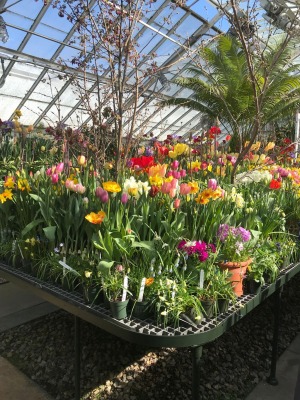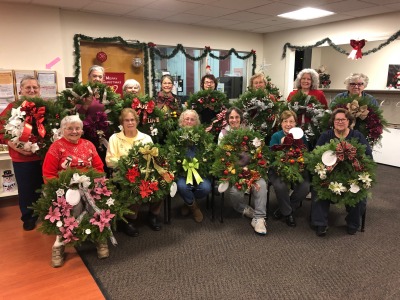Are Your Old Seeds Worth Growing? Test Themsubmitted by WGC member, as seen in MorningAgClips.com, published 2/13/19:WASHINGTON — Depending on where you store them and what types of seeds they contain, your old, dog-eared seed packets may or may not be worth using this season. Seeds are alive; they do not live forever. Sprinkling dead seeds out in the garden or into seed flats is a waste of time. When you buy a packet of seeds, government standards assure you that a minimum percentage of them are alive. The packing date is usually stamped on the packet and, if below the standard, the percentage germination. I write the year on any seed packets on which the date is not stamped. OPTIMUM STORAGE Low temperature, low humidity, and low oxygen slow biological and chemical reactions and so also slow aging of seeds. My seeds find their low-temperature and low-humidity home in sealed canning jars in the depths of my freezer in spring and summer. By fall, frozen fruits and vegetables claim freezer space, so I move the jars filled with seed packets into my refrigerator. An easy way to keep the humidity low in the jars is to sprinkle powdered milk from a freshly opened box in the bottom of the jars. Renew the powdered milk each year. There’s no practical way for us backyard gardeners to store seeds in a low-oxygen atmosphere. Some seed companies market their seeds in hermetically sealed, plastic-lined foil packets, although I have never noted better germination from these foil packets than from plain old paper packets. TO SOW OR NOT TO SOW Seeds differ in how long they remain viable. Even with the best storage conditions, it’s generally not worth sowing celery, parsley, parsnip or salsify seeds after they are more than a year old. Two years of sowings can be expected from packets of carrot, onion and sweet corn seed; three years from peas and beans, peppers, radishes and beets; and four or five years from cabbage, broccoli, brussels sprouts, cucumbers, melons and lettuce. Among flower seeds, the shortest-lived are delphinium, aster, candytuft and phlox. Packets of alyssum, Shasta daisy, calendula, sweet peas, poppies, and marigold can be reused for five or 10 years before their seeds get too old. TEST THEM A yearly germination test is a definitive measure of whether an old seed packet is worth saving. Each spring, count out at least 20 seeds from each packet to be tested, and then spread the seeds between two moist paper towels on a plate. Invert another plate over the first plate to hold in moisture and put the whole setup where the temperature is warm, around 75 degrees. After one to two weeks, peel apart the paper towels and count the number of seeds with little white root “tails” emerging. Figure the percentage, and if it is low, toss the seed packets into the wastebasket (don’t give them away!) or adjust your sowing rate accordingly. No one knows exactly what happens within a seed to make it lose viability. Besides lack of germination, old seeds undergo a slight change of color, lose their luster and are more susceptible to fungal infections. The record for seed longevity was thought to be held by a species of lupine, Lupinus arcticus, whose seeds germinated after 10,000 years. Great story, but further research showed the seed to be much younger — only a few decades old! The current valid record now for the oldest viable seeds is held by a 2,000-year-old date palm seed recovered near the Dead Sea. At the other extreme in longevity are seeds of silver maple, which retain their capacity to germinate for only about a week. Online: www.leereich.com/blog leereich.com –By LEE REICH , Associated Press |


| |||||||||



